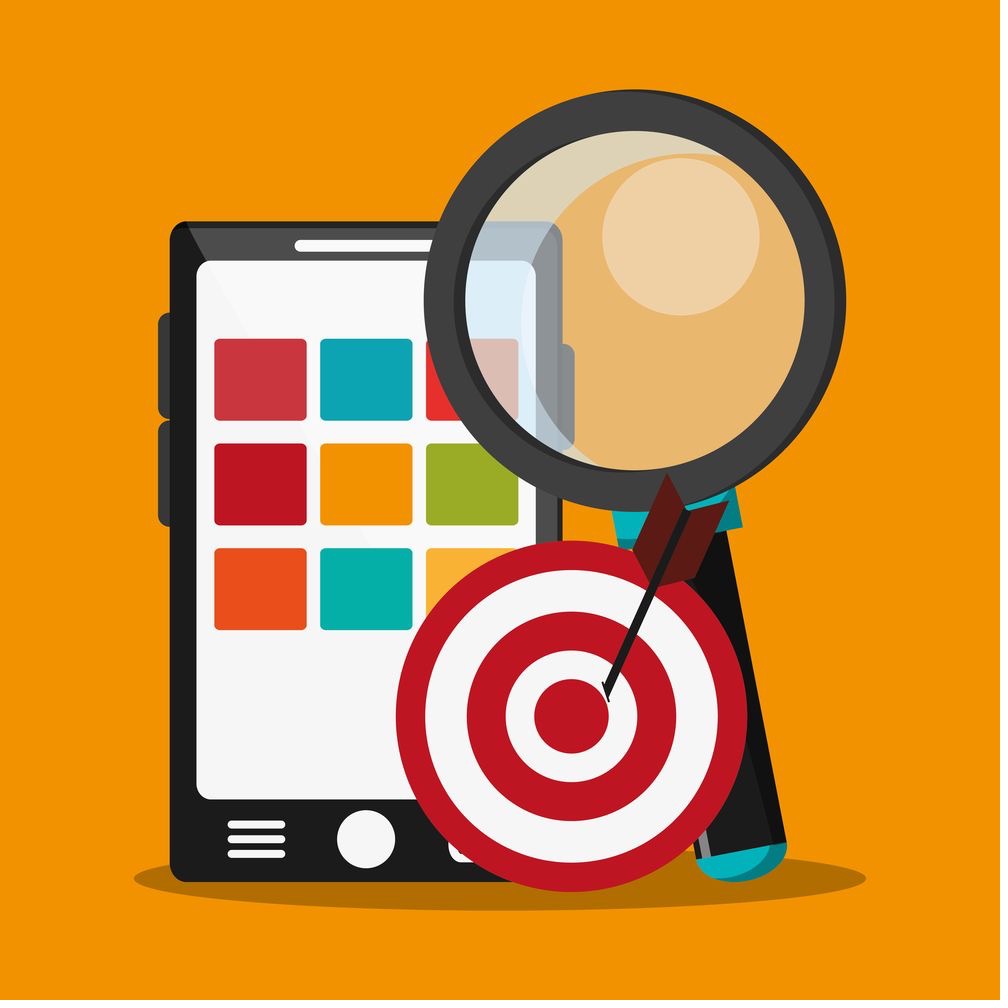Apr 24, 2023 • 2 min read
How to use images in your email marketing campaigns

Images are an essential part of any effective email marketing campaign. Visual content tends to capture your recipients’ attention more easily. And it makes your emails stand out in their inbox. However, it is important to understand how to use images in email marketing effectively so that they can help you achieve your goals. In this article, we’ll show you some practical tips for using images in your email campaigns and making sure your messages stand out from the crowd.
10 tips to optimize the use of images in email marketing.
These are just ten tips that will help you to better use images in email marketing. Each of them has dozens of branches. If you need help to put them into practice, do not hesitate to contact us.
(01) Choose relevant images.
The choice of images is essential for the success of your email marketing campaign. The relevance of the images refers to the fact that they are related to the content of the email and the message you want to convey. For example, if you’re promoting a new line of beauty products, the images should reflect the products you’re promoting or their benefits. A good image can be a close-up of a person using one of the products. Remember that content is the key to conversions in email marketing.
(02) Select high-quality images.
The images you use should have good quality and resolution, so they look good on any device. If images are low resolution or look pixelated, recipients may lose interest in the email and your brand could be negatively affected. For example, if you’re promoting a trip to a paradise beach, a good image could be a high-resolution photo of the beach with the sun shining on the crystal-clear water. Mailchimp offers its own recommendations in this regard.
(03) Avoid images that are too heavy.
Images in email marketing should never weigh too much, as they can slow down the loading of email. So, make sure your images are optimized for email. A good practice is to reduce the size of images without compromising quality. For example, instead of sending a 4MB image of a product, send a 1MB image that has the same quality and resolution.
(04) Use image is that complement the text.
Images should complement the content of the email and not compete with it. Images should be a visual complement to the message you’re trying to communicate. For example, if you’re promoting a sale on your online store, you can include an image of the product you’re promoting along with a description of it. On the other hand, if your email pursues the objective of creating community, the images they include should show happy people, for example.
(05) Use email marketing images to guide reading.
Images in email marketing can be a great way to guide the reader through email. It uses images to separate sections of text and make e-mail easier to read. For example, if you’re promoting a special offer, you can use an image that divides the email into two sections: one with the offer and one with the terms and conditions.
(06) Use white space
Don’t fill the email with too many images. When it comes to images in email marketing, less is more. Use white space to make email look cleaner and more organized. For example, if you’re promoting a clothing line, you can include an image of the product you’re promoting and leave enough white space around it, so the email doesn’t look cluttered. White space helps to highlight the content.
(07) Don’t rely only on email marketing images.
Make sure the message can be understood even if the recipient can’t see the images. Not all email providers automatically display images, so it’s important that your message is clear and concise without relying solely on images. At least, if what you intend is to generate conversions through your campaigns. For example, if you’re promoting a discount or in your online store, be sure to include a separate link to the website so recipients can access the offer without seeing the image.
(08) Consider accessibility.
Make sure images have alt text so that visually impaired recipients can understand the content. Alt text is a description of the content of the image being displayed instead of the image itself. For example, if you’re promoting a new shoe collection, be sure to include a detailed description of the shoe in the image alt text so recipients can understand the message even if they can’t see the image.
(09) Experiment with size and location
Experiment with image size and placement to see what works best for your audience. You can try different sizes and positions of images to see which one attracts the recipient’s attention the most and generates more clicks. For example, if you’re promoting a special offer on a product, you can try a large image at the top of the email or a smaller image in the middle of the content. Many email providers allow you to implement A/B testing in this regard. And not only for the images, but also for the subjects and even for the recipient.
(10) Make sure email marketing images are in line with your brand.
The images you use should be in line with your brand and help reinforce it. Choosing images that fit your brand’s visual identity, colors and styles will help you convey a coherent and attractive message to your recipients. For example, if you have a vintage clothing brand, the images you use in your email should reflect that style and show the vintage clothing you’re promoting, or attitudes that represent your company’s values.
In short, the use of images in your email marketing campaigns can have a big impact on the effectiveness of your messages. By following these tips, you’ll be able to use images effectively to capture the attention of your recipients and increase the success of your campaigns. Remember that images should be accessible, relevant, and in line with your brand’s visual identity. By implementing these best practices into your email marketing strategies, you’ll be on the right track to creating impactful emails that generate positive results for your business.
Book a consultation
Let's start some incredible projects.
Let's innovate together!









